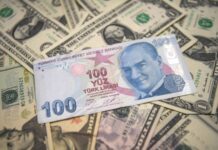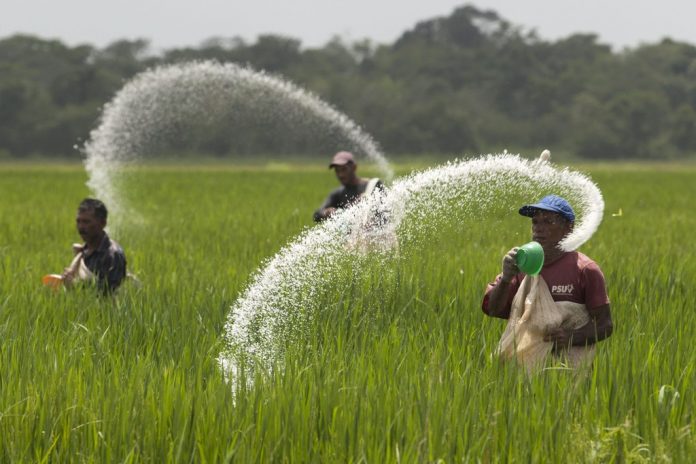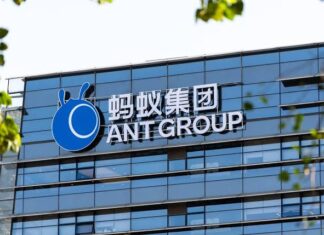LAHORE: Yet another round of price escalation of urea has kicked off as fertiliser manufacturers have increased urea prices by Rs50 per bag, pushing urea prices to Rs1,571. This is the third increase in prices since the beginning of the fiscal year 2018, taking the total increase in market price to 15 per cent – Rs200 per bag.
Sources told Pakistan Today that the devaluation and emerging supply deficit scenario has driven the recent price increase. They informed that the inventory levels of urea are expected to churn the lowest levels of urea – 200 thousand tons since August 2015, which had been averaging at 450 thousand tons during the past six years in the month of June.
Despite the recent price hike, domestic urea prices are currently trading at a discount of 29 per cent to international urea prices as free fall of the rupee against the greenback nullified the impact the of a price hike. Sources said that the earnings impact of the recent increase in urea prices worked out to 7 per cent.
While the reemergence of pricing power is a key positive for the sector, potentially large increases in gas tariffs in the near future may partially dilute the benefit of the recent price increase. In this scenario, they maintain a preference for players with relative immunity to gas tariff hike.
Urea prices ranged between Rs1,460 to Rs1,470 per bag till June 30. Pointing at the DAP (Diammonium phosphate) demand trend, the sources said that the prices might start picking up post-June as the application of urea for Kharif crop supersedes DAP in the session. Urea prices have recently been increased by Rs90 to Rs100 per bag in the first week of May. Industry sources indicated that DAP prices have also increased by Rs50 per bag which was largely expected due to the currency devaluation and rising international prices.
They said that the increase in DAP prices came as no surprise as international DAP prices shot up by 25 per cent since the start of the fiscal year 2018 as the Rupee lost 10 per cent against the Dollar within the same period. On the other hand, domestic DAP prices had increased by 26 per cent. Sources pointed towards further price increases as the impact of currency depreciation has not been reflected in domestic prices.
The reasons for these back-to-back price increases were the elimination of federal cash subsidy, lack of clarity on provincial government’s cash subsidy schemes, the impact of previous Rs56 per bag hit which was taken when the subsidy was reduced from Rs156 per bag to Rs100 per bag, and general inflation.
However, demand dynamics may need to be considered before the implementation of a further increase in prices. On the DAP front, keeping in view the global demand trend, local prices are expected to remain on the higher end, where a Rs20 to Rs30 per bag relief to farmers on account of reduced GST, from flat Rs100 per bag to 2 per cent of ex-factory price) may be diluted by a rise in international prices.
Contrarily, they said the usual seasonality seen historically during the month of May, suggests that the urea off-take could mainly be attributable to a high base, delay in Kharif sowing due to water shortage, and on-set of the Holy month of Ramzan to some extent.
Lower off-take combined with fully operational gas-based plants during the month was expected to increase industry’s urea inventory by 23 per cent to 530 thousand tons. The rise, however, is expected to be momentary as concerns of further hike in prices along with seasonal demand for Kharif crop sowing like cotton, sugarcane that may lead to an abnormal demand trend in June whereas a historical high has been set with 1 million tons off-take on account of pre-buying.























